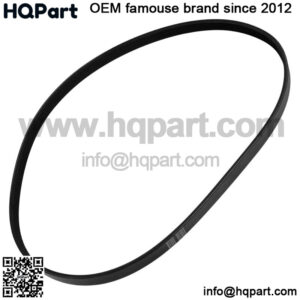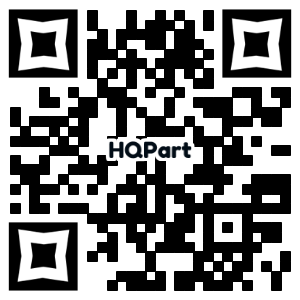Belt drives are widely used in many industries for power transmission since they are cheap and easy to maintain. However they are often a source of vibration due to misalignments, belt resonance, and belt wear.
The main purpose of belt drives is to transfer power between machines such as motor and fan. They are subject to rotary and push-pull motions with varying dynamic characteristics. Belts are friction drives, which mean they depend on friction between the belt and pulley/sheave to transmit power.
The most common types of belt drives include:
Round belts
Round belts are are generally made of rubber. This type of belt is generally used for light loads, such as in a sewing machine or a vacuum cleaner.
V belts
V belts are arguably the most widely used belts in industry. V belts have a V shaped cross-section, which rests against the side of V pulley under tension. The V shaped cross-section prevents belt from slipping off.
Flat belts
Flat belts are also used to transmit power from one shaft to another. They are generally classified as either small woven endless belts or higher power flat belts. The higher power flat belts are often useful because they eliminate the need to high belt tension used to grip pulleys, which in turn reduces the load on the shaft bearings. The material used for high power flat belts is sticky yet abrasion-resistant rubber compounds.
Timing/toothed belts
This configuration results in no slippage, and therefore, the driving and driven shafts remain synchronized. It’s more expensive to manufacture due to complexity of the belt and pulley shapes.
“Keyword”
“how to change drive belt on ezgo golf cart”
“how to change drive belt on yamaha golf cart”
“how often to change golf cart drive belt”

